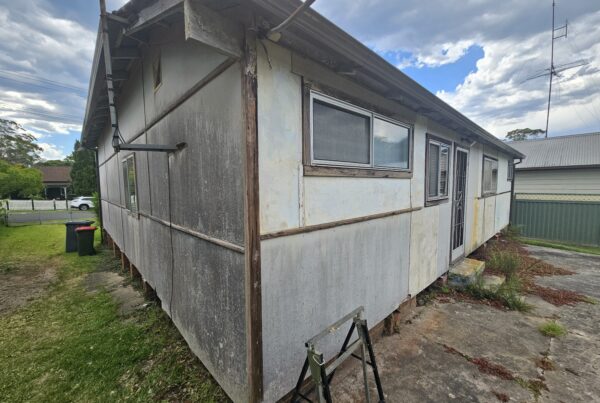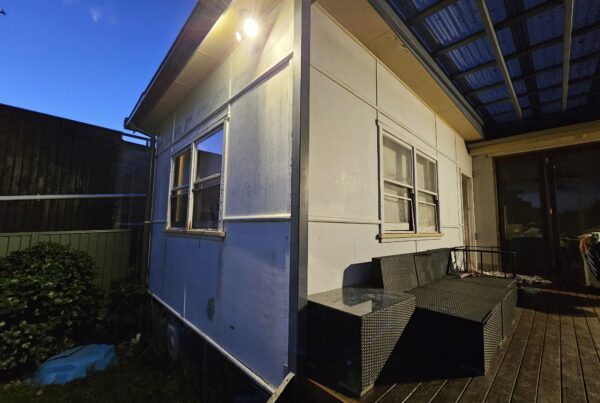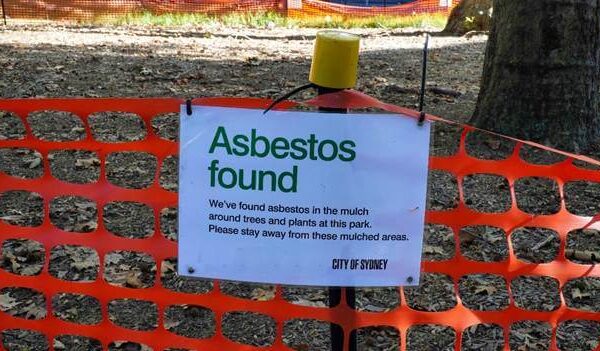In 1899, a man was rushed to Charing Cross Hospital in London for bronchitis. Before long, he was face-to-face with senior physician Hubert Montague Murray, whom he told about his work of carding asbestos fibres along with nine others. The physician discovered heavy scarring in the patient’s lungs, a condition that’s been developing for 14 years.
The patient died a year later. He was 33 years old and the first recorded death from asbestos.
Murray presented his report on what would be called asbestosis before a government inquiry in 1906, but serious efforts would only be made near the end of the 20th century. While asbestos has been banned in Australia since 2003, it’s seen so much use that it would take a while before the last vestiges of this hazardous material would be disposed of.
If you suspect your property, residential or commercial, has some form of asbestos, call for safe asbestos removal in Wollongong. No matter the type or product, asbestos can quickly turn lethal for everyone inside and, possibly, for the community. Learn about the various types of asbestos and their impact on everyone’s well-being.
By natural grouping

Asbestos naturally occurs in six groups: actinolite, amosite, anthophyllite, chrysotile, crocidolite, and tremolite. Asbestos use in Australia is narrowed down to amosite, chrysotile, and crocidolite, as they’re the most commonly used, but it wouldn’t hurt to be aware of all six.
- Actinolite asbestos: Present in metamorphic rock formations that are high in magnesium, actinolite is a rare type of asbestos. They aren’t used in producing building materials as much as their siblings, meaning exposure cases linked to this type are few and far between.
- Amosite asbestos: Also known as brown asbestos, amosite is a type of asbestos commonly sourced from South Africa, specifically Because of its excellent resilience and heat insulation, this type is often mixed in with cement and cement products (e.g., boards, sheets).
- Anthophyllite asbestos: Another rarely used type of asbestos, anthophyllite primarily consists of iron and Its toxicity isn’t as well-studied as others, but it’s safe to assume that all types of asbestos are toxic. Despite its rarity, anthophyllite was used in some insulation products.
- Chrysotile asbestos: Known as white asbestos, chrysotile is the most prevalent type of asbestos for residential and commercial construction. It’s also the only type of asbestos with serpentine fibres, which curl at the end, as opposed to others that are amphibole or straight and Its widespread use also makes them the main culprit for asbestos-related diseases.
- Crocidolite asbestos: Also called blue asbestos, crocidolite is known for its resilience against acids. While not as widely used as chrysotile, it tallied the highest number of asbestos-related deaths among the other This led to it being banned in the country the earliest in 1967, driven to action by the staggering deaths caused by long-term crocidolite mining at Wittenoom.
- Tremolite asbestos: Similar to actinolite, tremolite is rarely used in construction applications. Then again, one of its notable uses involved being woven into fabric to be applied to insulation Traces of this type are known to be present in chrysotile asbestos.
One crucial caveat about the types addressed by their natural colours is that asbestos-containing materials (ACMs) don’t necessarily show these. ACMs can be painted over with a different hue, meaning there’s no way of knowing if it contains asbestos without lab tests. Scraping the surface is ill-advised, as any form of disturbance will release asbestos fibres into the air.
Friable vs. non-friable
Asbestos is so dangerous that determining the type used in floor adhesive or a piece of cladding feels redundant. It doesn’t matter because every asbestos variant is deadly. Professional asbestos removal tends to focus more on whether an ACM is friable or non-friable.
The difference between the two is their resistance to physical trauma. Friable ACMs can crumble to dust or be frayed with some elbow grease, with examples like (but aren’t limited to) insulation boards, loose-fill insulation, and pipe laggings.
On the other hand, non-friable ACMs are strong enough to resist hand pressure, though they can still crumble under stronger forces like extreme weather or vehicular impact. These materials are mainly cement-based, though some additional examples include vinyl flooring and roofing felt.
Experts state that non-friable ACMs have a lower risk of releasing microscopic asbestos fibres into the air. That said, it’s all the more reason to get these materials taken out before they get a chance to be reduced to powder. Asbestos isn’t immediately visible and is odourless, so getting a good look at one is impossible, not to mention dangerous.
Health effects of asbestos
According to the NSW government’s online resource on asbestos, around 4,000 Australians die from asbestos-related diseases annually. Symptoms of such diseases are slow acting, taking as long as 40 years from the year of initial exposure to manifest. Because of this, knowing if you or a loved one has a condition caused by inhaling asbestos doesn’t occur until it’s too late.
Asbestos can wreak havoc on your body in several ways. The most common ways are:
- AsbestosisSimply put, asbestosis is the inflammation of lung tissues caused by inhaling asbestos fibres. Health experts state that scarring caused by the disease is irreversible and will likely worsen over time, though most cases worsen at a snail’s pace.
- Asbestos-related pleural diseases (ARPDs)ARPDs are health conditions that affect the pleura, a membrane that lines the lungs’ exterior and enables easy breathing. Without working pleurae, a person can find breathing harder than usual, which may lead to fluid building up around the lungs.
- Various cancersAs the asbestos fibres damage the lungs and other nearby organs over time, they’ll also inflict damage on the tissues’ DNA. This leads to genetic mutations that become prerequisites for a plethora of cancers.The most prevalent of these is mesothelioma, an aggressive cancer that hits the outer linings of many organs. According to a recent study by the Association of Pacific Rim Universities, Australia and New Zealand has the second-highest incidences of mesothelioma among males at 2.2 per 100,000 people, just below Northern Europe.Asbestos doesn’t only put the people inside an asbestos-filled building at risk. If one isn’t careful with the removal process, the resulting dust can affect others in the immediate area. Preparation is key to removing asbestos without incident.
Final thoughts
The impact of asbestos exposure on one’s health can’t be any clearer. Be it blue, brown, or white asbestos, its microscopic fibres are among the things to keep out of the body no matter what. The moment you realise that your property may be putting you at risk, take action at the soonest.
Consult an asbestos removal specialist to arrange the inspection, testing, and removal processes. Leaving the job to them is better than doing it yourself.






